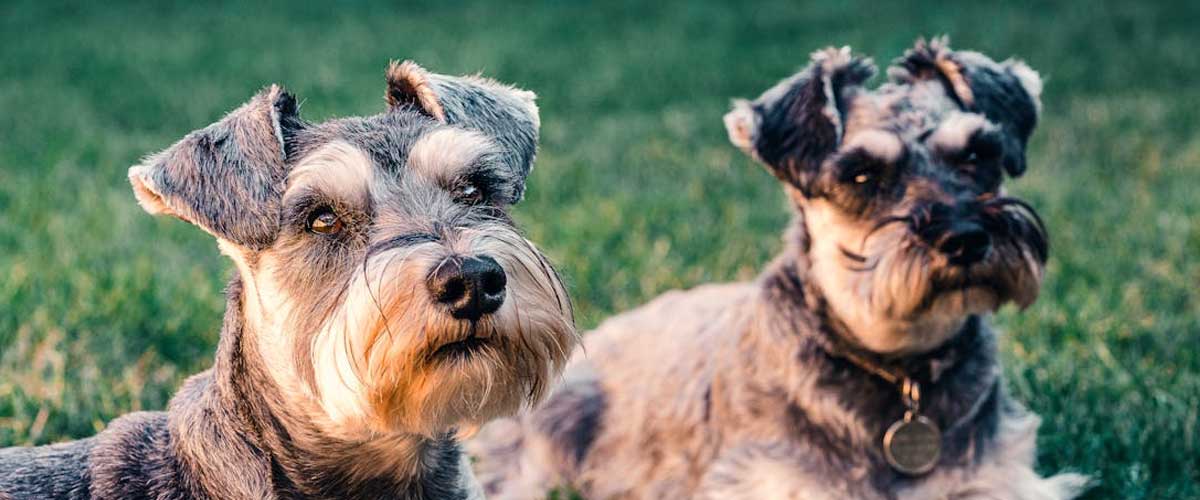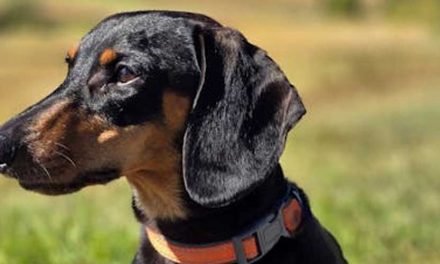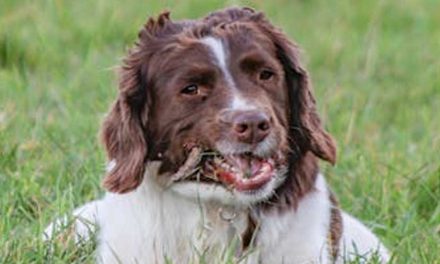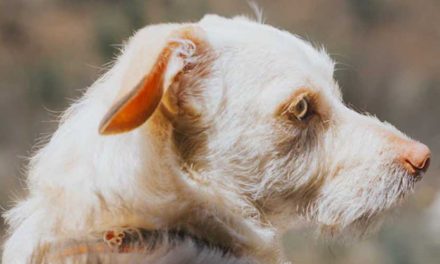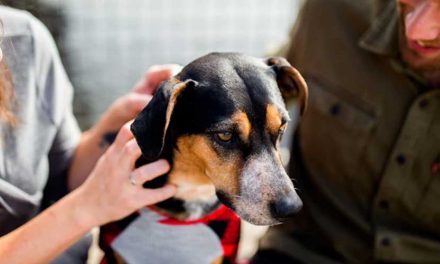The Schnauzer, a breed characterized by its distinct beard and eyebrows, is a beloved companion known for its intelligence, loyalty, and distinctive appearance.
Originating from Germany, Schnauzers come in three distinct sizes: Miniature, Standard, and Giant.
Each variety possesses unique traits, but all share a rich history and a strong bond with their families.
History and Origins
The Schnauzer’s history dates back to the late Middle Ages, likely evolving from a combination of various terrier breeds and the German Poodle.
Originally bred as a farm dog, the Schnauzer’s primary roles included ratting, guarding, and serving as a versatile working dog.
Their name derives from the German word “Schnauze,” meaning “snout,” which aptly describes their prominent facial features.
The Three Varieties
1. Miniature Schnauzer:
Typically weighing between 11-20 pounds, Miniature Schnauzers are spirited and lively.
Their smaller size makes them well-suited for apartment living, but they still require regular exercise and mental stimulation.
2. Standard Schnauzer:
This medium-sized variety weighs 30-50 pounds.
Standard Schnauzers are energetic, intelligent, and thrive on challenges.
They are often used in police and military roles due to their keen senses and trainability.
3. Giant Schnauzer:
The largest of the three, Giant Schnauzers can weigh between 55-85 pounds.
These dogs are powerful and protective, making them excellent guard dogs.
They require firm training and socialization from a young age to ensure they grow into well-adjusted adults.
Temperament
Schnauzers are known for their friendly and playful demeanor.
They are affectionate with their families, often forming strong bonds with their human companions.
While they can be reserved around strangers, their protective nature makes them excellent watchdogs.
Training is essential for Schnauzers, as they are intelligent and eager to please, but they can also exhibit a stubborn streak.
Positive reinforcement techniques work best with this breed.
Care Requirements
Schnauzers require regular grooming to maintain their unique coats.
Their wiry hair doesn’t shed much, but routine brushing and occasional clips are necessary to prevent matting.
Depending on the size, Schnauzers should be exercised regularly to keep them physically and mentally fit.
Daily walks, playtime, and engaging activities like agility training or obedience classes are ideal.
Health Considerations
While Schnauzers are generally healthy, they can be predisposed to specific health issues, including hip dysplasia, progressive retinal atrophy (PRA), and certain skin conditions.
Regular veterinary check-ups and a balanced diet can help manage their health.
Conclusion
Schnauzers are truly a versatile breed that makes an excellent companion for families and individuals alike. Their unique personalities, intelligence, and protective nature make them stand out.
Whether you’re looking for a playful Miniature, a reliable Standard, or a robust Giant, a Schnauzer can bring joy, loyalty, and companionship into your home.
With the right care and training, these lovable dogs can thrive and become cherished members of the family for years to come.

